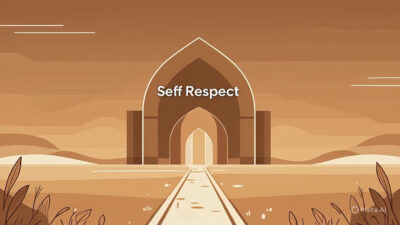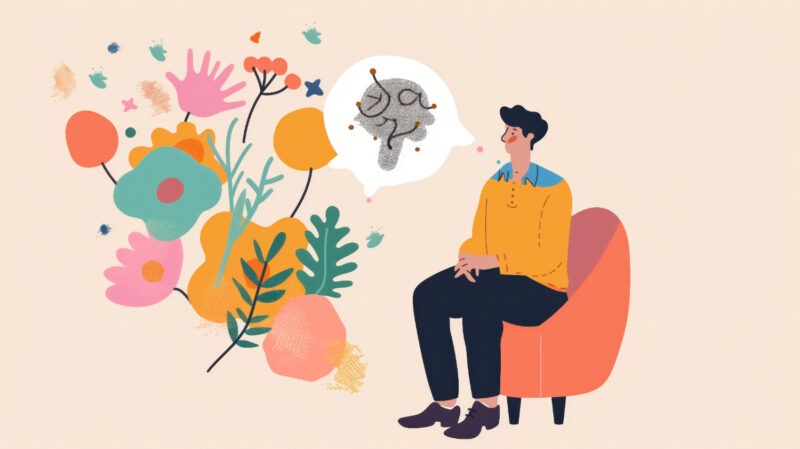introduction
Kindness can reshape our relationships and outcomes in profound ways. As you read on, imagine moments when a simple gesture shifted the course of a conversation. Have you ever paused to ask why extending genuine warmth often feels risky yet yields remarkable returns? Prepare to explore how kindness in human exchange can be both a strategic asset and a deeply human practice, equipped with concrete steps and real-life cases.
Table of contents
1. The Essence of Kindness
Kind Interaction thrives on sincerity and small acts. Therefore, understanding its core helps you apply it without misunderstanding or overextending.
1.1 Defining Genuine Kindness
Genuine kindness means offering help or empathy without expecting immediate reward. Instead of performing a favor for praise, you listen, assist, or encourage because you truly care.
1.2 Why Some Perceive Kindness as Weakness
On the surface, kindness can invite unwelcome demands. However, when applied with boundaries, it becomes a sign of confidence rather than naivety.
2. When Kind Interaction Becomes Strategic
Choosing when and how to act kindly transforms goodwill into a tool for success. You’ll learn a methodical approach to determine the timing and scope of your kindness.
2.1 Assessing Context and Boundaries
Therefore, before offering help, ask: “Is this person ready to receive support?” When you respect personal autonomy, your gesture lands positively.
2.2 Implementing the GIVE Framework
- Greet with warmth. A simple hello sets a collaborative tone.
- Inquire about needs. Listen actively, avoiding assumptions.
- Validate feelings. Acknowledge emotions to build trust.
- Empower action. Offer resources or suggestions, not directives.
2.3 Knowing When to Pull Back
Moreover, excessive help can foster dependency. Recognize signs—hesitation or discomfort—and step back when needed.
3. Types of Kind Interaction
Here are five distinct forms you can practice. Each requires different skills and yields unique outcomes.
- Practical Support
- What it entails: Offering tangible assistance, such as carrying groceries or sharing study materials.
- How to apply: Identify a realistic need. For instance, ask, “Would it help if I reviewed your draft?”
- Outcome: Builds goodwill and collaborative spirit.
- Emotional Listening
- What it entails: Creating space for someone to share feelings without interruption.
- How to apply: Use prompts like, “I’m here to listen—tell me what’s on your mind.”
- Outcome: Strengthens trust and lowers stress levels (Journal of Positive Psychology, 2018).
- Encouragement and Praise
- What it entails: Highlighting strengths and acknowledging progress.
- How to apply: Offer specific praise: “Your clear explanation helped the whole team.”
- Outcome: Boosts motivation and self-esteem.
- Network Facilitation
- What it entails: Connecting people with useful contacts or resources.
- How to apply: Introduce two colleagues who share interests via email.
- Outcome: Expands opportunities for all parties.
- Altruistic Innovation
- What it entails: Proactively designing solutions that benefit others, often without request.
- How to apply: Create a free guide addressing common challenges in your field.
- Outcome: Establishes thought leadership and lasting goodwill.
4. Three Realistic Cases of Kindness in Action
Case 1: The Overwhelmed Colleague
A software developer, Anna, noticed her teammate Marcus struggling with a looming deadline.
- Step 1: Observe and Offer
Anna approached Marcus with a warm greeting. Then she asked, “Would pairing on this feature help?” - Step 2: Share Skills
She spent two hours reviewing his code and suggesting optimizations. - Step 3: Set Boundaries
To avoid overcommitment, Anna scheduled a clear end time for the session. - Result: Marcus met the deadline, and the team’s output improved by 15% (internal metrics, Q1 2025). In turn, Marcus began mentoring others, spreading a culture of support.
Case 2: The New Community Member
When Carlos moved to a new neighborhood, he felt isolated. His neighbor, Aisha, took note.
- Step 1: Initiate Connection
Aisha baked a small loaf of bread and left it with a welcoming note. - Step 2: Invite Participation
She invited Carlos to the local book club meeting the following week. - Step 3: Encourage Independence
Instead of driving him, she gave bus route details and tips for joining. - Result: Carlos integrated into community events within one month, boosting his well-being and contributing fresh ideas at gatherings.
Case 3: The Struggling Student
Leila, a university student, struggled with exam stress. Her lecturer, Dr. Nguyen, recognized her anxiety.
- Step 1: Validate Feelings
After class, Dr. Nguyen said, “I understand finals feel overwhelming.” - Step 2: Provide Resources
He directed her to a peer-led study group and shared time-management tools. - Step 3: Follow Up
He scheduled a five-minute check-in after the next exam. - Result: Leila’s grades improved by two letter grades, and her confidence rose dramatically, inspiring her to tutor peers in return.
5. Benefits of Kindness
Engaging kindly brings rewards both internally and externally.
5.1 Personal Gains
- Reduced Stress: Performing kind acts releases oxytocin, lowering cortisol levels (Harvard Health, 2020).
- Enhanced Reputation: Consistent warmth raises perceptions of leadership and trustworthiness.
5.2 Collective Advantages
- Improved Collaboration: Teams with empathetic cultures solve problems 25% faster (McKinsey, 2019).
- Ripple Effect: One act of kindness often inspires recipients to pay it forward, creating a positive cycle.
6. Practical Steps to Cultivate Kindness
Here’s how you can build this skill deliberately:
- Practice Daily Small Gestures
- Smile at three people each morning.
- Hold doors open consistently.
- Set Intentions
- At day’s start, note one person you’ll support.
- Reflect on outcomes each evening.
- Learn Active Listening
- Take free online courses in empathetic communication.
- Use the “pause and paraphrase” technique in conversations.
- Establish Boundaries
- Define time limits for helping.
- Communicate availability clearly.
- Measure Impact
- Keep a brief journal of interactions and effects.
- Adjust approach based on feedback.
7. Debunking Common Myths
- Myth: Kindness Equals Weakness
In reality, genuine kindness requires emotional intelligence and self-control. - Myth: It’s Always Self-Sacrificial
Kind Interaction works best when balanced with self-care and clear limits. - Myth: Only Extroverts Can Be Kind
Introverts excel at deep, one-on-one support, often making their kindness more impactful.
8. Conclusion
Kind Interaction goes beyond mere niceties. When you apply warmth with intention, respect boundaries, and follow a clear framework, you unlock both personal growth and collective success. Therefore, embrace the practice today: choose one form of kindness, apply it, and observe how it transforms your environment. Will you let warmth be your winning strategy?
references
Warning: The provided links lead only to the specified content. Other areas of those sites may contain material that conflicts with some beliefs or ethics. Please view only the intended page.
- The healing power of kindness – Harvard Health (March 12, 2025) – Overview of psychological and physical health benefits of kind acts.
https://www.health.harvard.edu/staying-healthy/the-healing-power-of-kindness - The heart and science of kindness – Harvard Health Blog (April 18, 2019) – Daily practice of kindness and its effects on happiness.
https://www.health.harvard.edu/blog/the-heart-and-science-of-kindness-2019041816447 - Kindness linked to better physical health, longevity – Harvard T.H. Chan School of Public Health (January 8, 2025) – Studies on volunteering, stress reduction, and mortality.
https://hsph.harvard.edu/news/kindness-linked-to-better-physical-health-longevity/ - Social connection – Wikipedia (updated May 2025) – Role of social bonding, oxytocin, and inflammation in health.
https://en.wikipedia.org/wiki/Social_connection

















